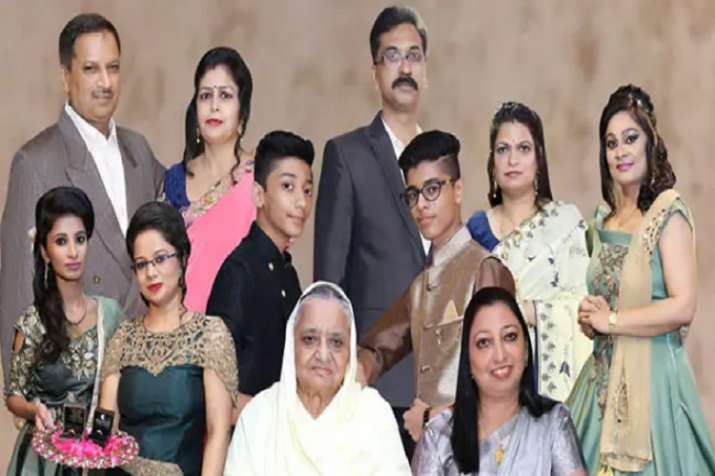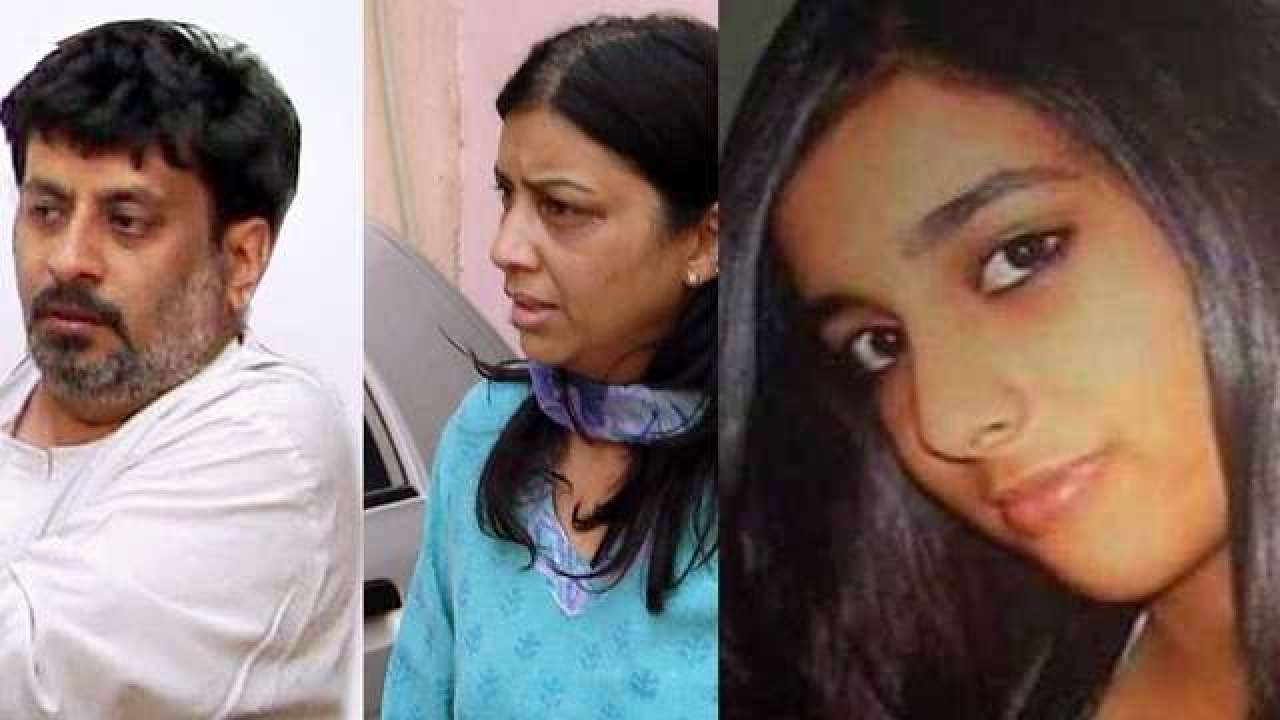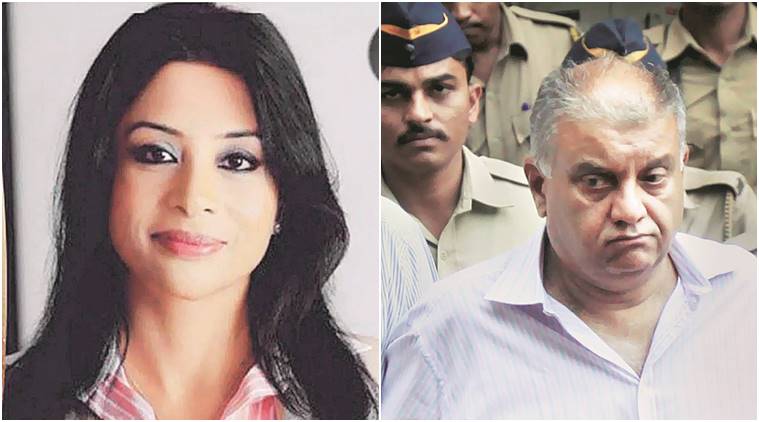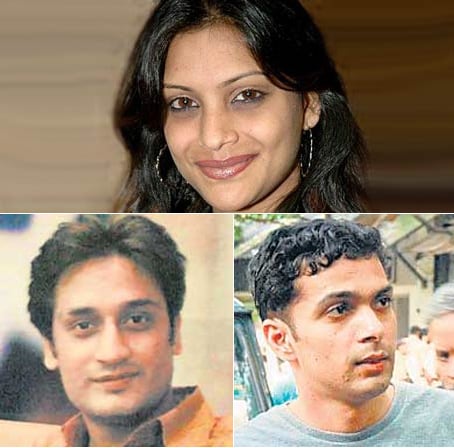The network graph theory/network topology is a graphical representation of electric circuits. The main concept of graph theory is to make an easy representation of circuits which are so much complex. Using network graph theory we can find KVL and KCL equations. Some important terms of graph theory:-
1.Graph:- The graphical representation of an electrical network circuit in terms of node and branches is known as the Graph of a network.
2. Node: A node is a junction point or inter-connection point of two or more network elements.
3.Branch or Edge: An element is a line segment representing one network element or a combination of network elements connected between two nodes.
4. Degree of node:-It is an integer number that represents incoming branches to one node.
To analyze network circuits, first, learn types of a graph. By knowing the type of graph it is easy to find out many more elements of the graph, which we find by solving a lot of equations. Basic types of graphs:-
Connected Graph: When there exits at least one path between every pair of nodes, then the graph is called a connected graph. connected graph
connected graph
unconnected graph
 connected graph
connected graph unconnected graph

Unconnected Graph
If there exists at least one node in the graph that remains unconnected by even a single branch, then it is called an unconnected graph. So, there will be one or more isolated nodes in an unconnected graph. Undirected Graph:- If the branches of a graph are not represented with arrows, then that graph is called as an undirected graph. Since there are no directions of current flow, this graph is also called as an unoriented graph. The above-given graphs are unoriented /undirected graphs.
 |

current directions are given
Complete graph :-
- Every node pair has one line segment . There should be not more or less than one line segment between two nodes. number of trees= n(n-1)/2
- where n is number of nodes.
- Sub Graph:-sub graph is said to be sub graph of A graph, if every node of graph A is present in that sub graph.
Tie-set:
Tie-set is a set of branches which forms a closed path or loop.
A basic tie-set or a fundamental tie-set is a tie-set having one and only one link branch, the other elements being tree branches
Cut-set:
A fundamental cut-set of a graph w.r.t a tree is a cut-set formed by one and onlyone twig and a set of links, which must be cut to divide the network graph into two parts.The conventional direction for the fundamental cut-set is taken to be the same as the direction of the tree branch defines the particular cut-set.
Tree:-
tree is a subgraph having all nodes and no closed loop.
Twigs:-
The branches of the tree are known as twigs.
Co-Tree:-
the subgraph that is not present in the tree is known as co tree.
Links:-
the branches of the co tree are known as links.
In the above circuit, there are four principal nodes and those are labeled with 1, 2, 3, and 4. There are seven branches in the above circuit, among which one branch contains a 20 V voltage source, another branch contains a 4 A current source and the remaining five branches contain resistors having resistances of 30 Ω, 5 Ω, 10 Ω, 10 Ω and 20 Ω respectively.
An equivalent graph corresponding to the above electric circuit is shown in the following figure.

There are four nodes and those are labeled with 1, 2, 3 & 4 respectively. These are same as that of principal nodes in the electric circuit. There are six branches in the above graph and those are labeled with a, b, c, d, e & f respectively.
In this case, we got one branchless in the graph because the 4 A current source is made as open circuit while converting the electric circuit into its equivalent graph.
From this example, we can conclude the following points −
The number of nodes present in a graph will be equal to the number of principal nodes present in an electric circuit.
- The number of branches present in a graph will be less than or equal to the number of branches present in an electric circuit.
This is an example of connected and complete graph.
Add caption
 |

The solid line segments (twigs) represent a tree (containing all nodes of the original graph and no closed loop)
the dashed line segments (links) represent the co tree ( subgraph exclude from the tree or can say not present in a tree).
Conclusion
Original graph=tree+ cotree
number of total branches = twigs+links
twigs=n-1
n- number of nodes
b=n-1+l








